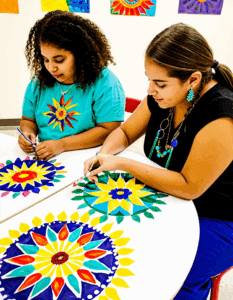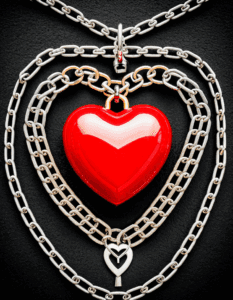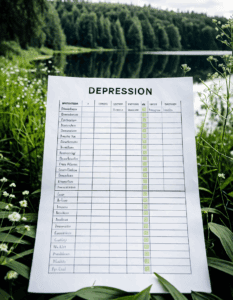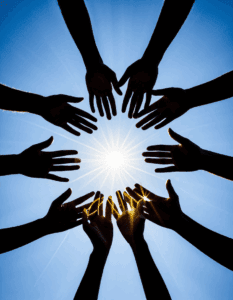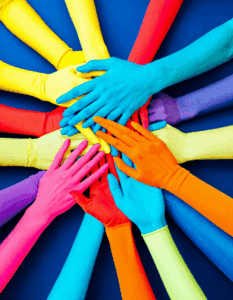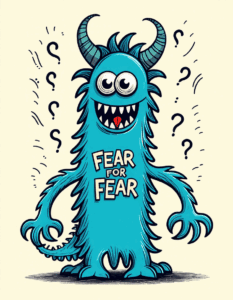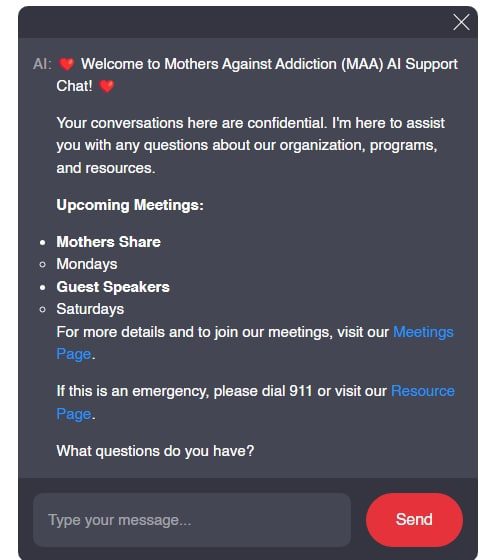The death of a loved one by suicide sends shockwaves through a family, leaving a ripple of profound and often unfathomable trauma in its wake. The effects of suicide on family members are both immediate and long-lasting, altering the emotional landscape in which survivors find themselves navigating. In this article, we aim to provide a comforting hand and a guiding light for those who have had the phrase “my son committed suicide” searingly inscribed into their reality.
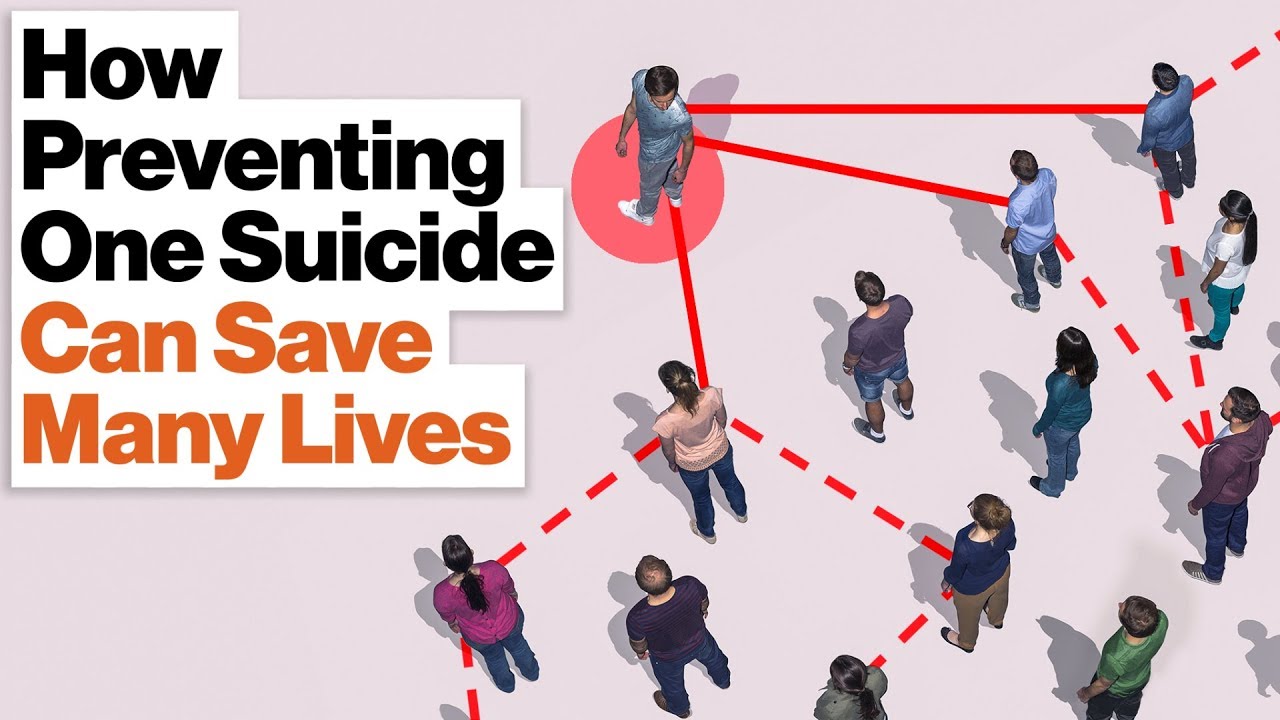
The Shockwave of Grief: Immediate Effects of Suicide on Family
No training and no preparation can brace a family for the moment they learn of a loved one’s suicide. The emotional maelstrom that follows is both chaotic and peculiar to each individual. Here are some facets of the immediate aftermath:
– Shock and Numbness: A common first response, akin to a psychological defense mechanism to help survive the initial blow.
– Intense Emotional Pain: Feelings of guilt, anger, and confusion often emerge, each member grappling with emotions that seem larger than life itself.
– A Quest for Answers: Families find themselves embroiled in a desperate search for ‘why’, as explored on Mother ’ s Against addiction, a reality confronting many facing this plight.
Understanding acute grief and its impacts is a cornerstone of compassion and the starting point for communal healing.
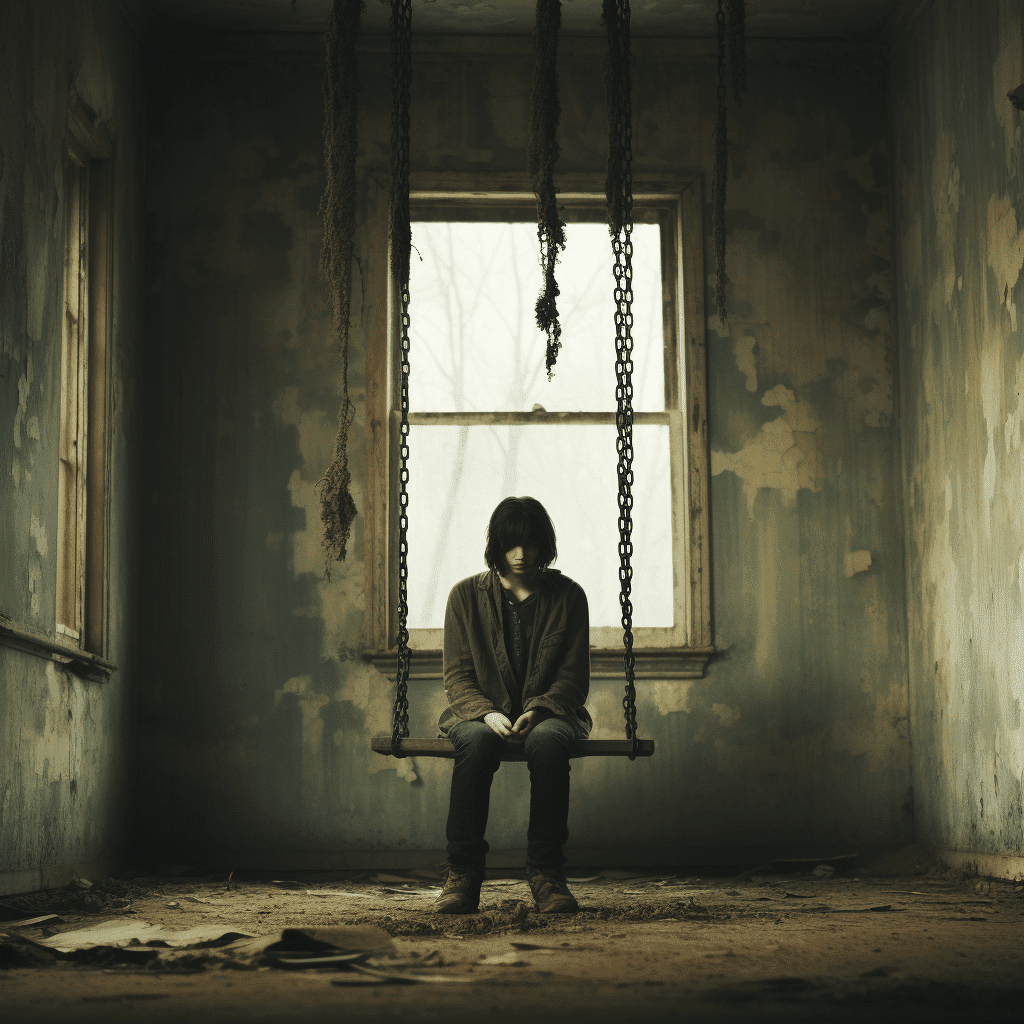
Navigating Uncharted Waters: The Long-Term Suicide Effect on Family
As time moves forward, the family’s emotional landscape evolves into a complex terrain of chronic grief. Long-term psychological effects may begin to surface, such as depression or anxiety, which can linger and transform lives in unforeseen ways. The intricate dance of social dynamics also comes into play:
– Family members may shift roles to fill voids left behind, leading to both strain and growth.
– Parents might feel a compelling need to protect their remaining children, a sentiment echoed by Yalom ‘s therapeutic Factors, underscoring the healing power of interpersonal relationships.
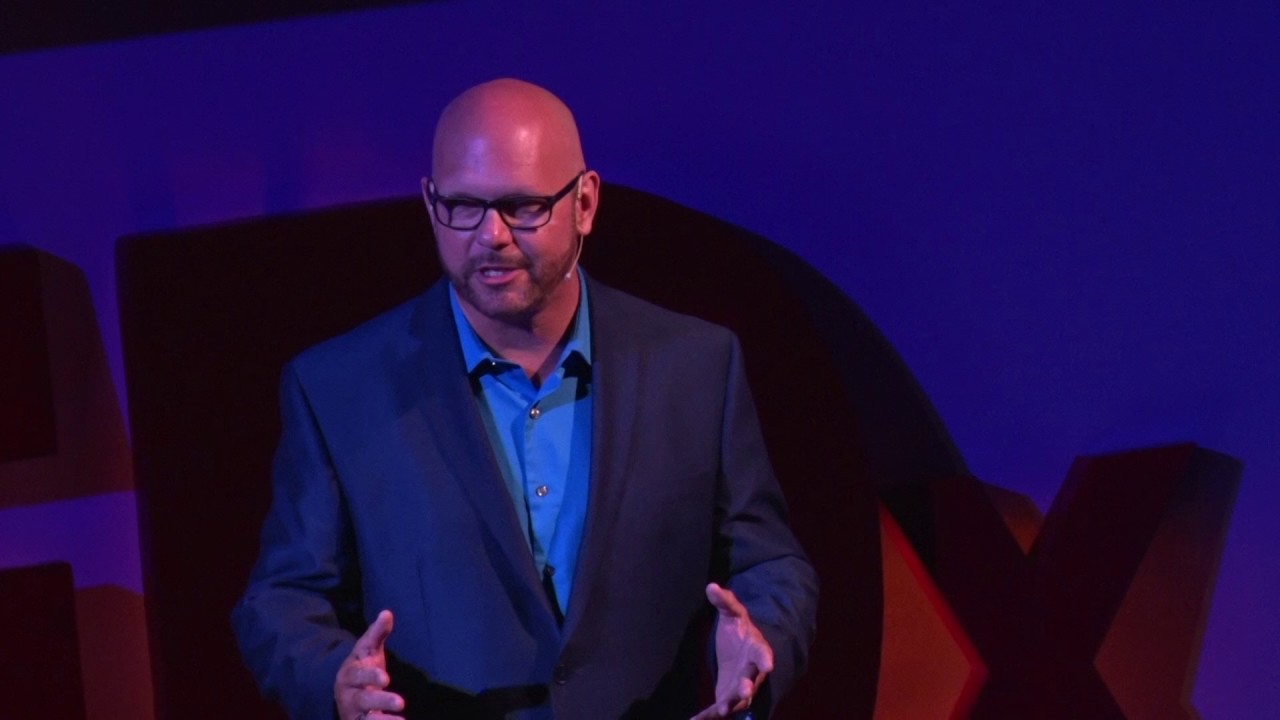
| Aspect of Impact | Description of Effect on Family | Potential Long-Term Consequences |
| Emotional | Grief, sadness, anger, guilt, disbelief, and confusion. | Prolonged grief disorder, depression, anxiety, PTSD. |
| Psychological | Increased risk for family members developing mental health conditions. | Increased suicide risk in family members. |
| Social | Isolation from community or difficulty engaging in regular activities. | Weakened social networks and support systems. |
| Physical | Stress-induced health issues such as insomnia, headaches, or illness. | Chronic health conditions related to prolonged stress. |
| Financial | Possible loss of income, medical or counseling expenses, funeral costs. | Long-term financial instability, debt, poverty. |
| Relationships | Strain on family relationships, potential for increased conflicts. | Breakdown of family unit, long-term estrangement. |
| Identity & Roles | Alteration of family roles, loss of identity (as a parent, spouse, etc.) | Difficulty in redefining family roles and responsibilities. |
| Communication | Challenges talking about the incident, avoidance of discussing feelings. | Impaired family communication patterns, lack of closeness. |
| Support Systems | Need to seek support from external sources (counselors, support groups). | Dependence on external support, changes in family dynamics. |
| Stigma & Shame | Fear of judgment from others, feeling embarrassed or ashamed. | Social withdrawal, hiding family member’s cause of death. |
When a Friend Becomes a Memory: Reflecting on ‘My Friend Committed Suicide’
The ripple effect of suicide reaches beyond immediate family, touching friends and the wider family network. Here’s the reality of such a loss:
– Secondary Trauma: Friends become secondary victims, their grief intertwining with the family’s, intensifying the collective sorrow.
– The Weight of Memories: Memories, now bittersweet, carry the legacy of the departed, as the family and friends navigate preserving these cherished recollections.
Remaining connected and honoring the memory of a friend is critical for healing, as is recognizing the influence of external support systems during these times.

Fractured Foundations: The Interplay Between Suicide and Family Trauma
Suicide often does not occur in isolation. Pre-existing family trauma can exacerbate the grieving process, with the potential for new traumas to unfold in its aftermath:
– Understanding the intermingling threads of past and present traumas offers a map for navigating the complex journey of grief.
– In such intersecting sorrows, families may find their foundations shaken, requiring them to rebuild from within.
Psychosocial factors can be both harbingers of vulnerability and beacons of resilience, a balance worth exploring and understanding.
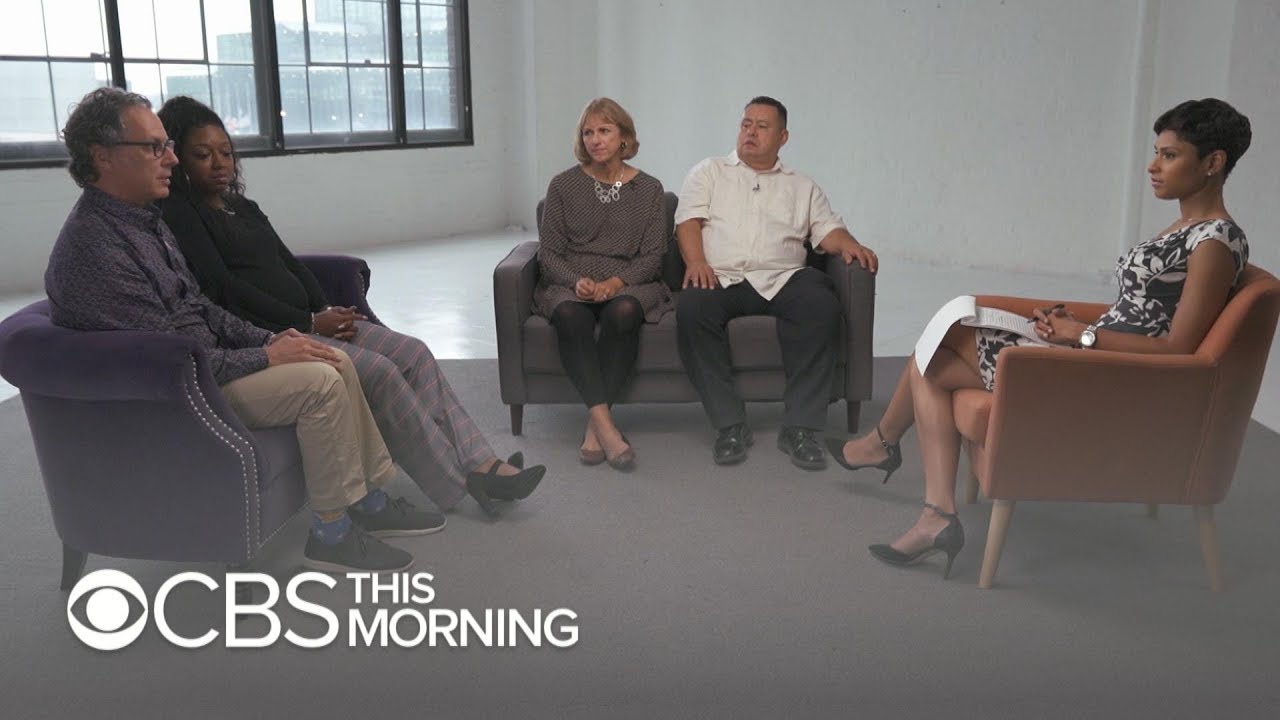
Searching for Answers: The Quest for Meaning After a Family Suicide
Families often become fixated on the question of ‘why’, a natural response to the perplexing and unexpected loss through suicide. Searching for meaning becomes a collective endeavor, an odyssey through uncharted darkness:
– Engaging in this quest can precipitate existential questioning.
– Narratives and storytelling emerge as vital instruments in healing, imbuing loss with significance and breeding compassion amidst the heartache.
Healing Together: Approaches to Family-Centered Suicide Bereavement Support
Family-centered therapeutic modalities are essential in addressing the multifaceted nature of suicide bereavement. Healing together means:
– Reliance on communal healing as showcased by groups such as Mothers Against Addiction, highlighting the potency of shared experience.
– Recognition of the uniqueness of family dynamics and the tailored support that is necessary, as demonstrated through various case Studies Of successful Interventions.
Beyond Survival: Fostering Post-Traumatic Growth in the Shadow of Loss
Beyond mere survival of a horrific event like suicide lies the potential for growth. Post-traumatic growth is more than a concept; it is attainable for families who choose to navigate through their trauma towards resilience:
– Real-life stories showcase individuals and families who have turned their deepest pain into pillars of strength.
– Offering these narratives stirs empathy and inspires others to find solace and purpose in their journey through grief.
Reinventing Bonds: Creating New Family Narratives Post-Suicide
Navigating post-suicide family life involves the deliberate creation of new narratives. This transformative process entails:
– Striking the balance between honoring memories and progressing forward, a delicate process emblematic of the human spirit’s complexity.
– Promoting open, heartfelt dialogue about emotions, experiences, and the myriad facets of loss within the family’s new reality.
Preserving Mental Health: Preventative Measures for Suicide-Affected Families
For families affected by suicide, actively nurturing mental health and preventing subsequent tragedies is crucial. This means:
– Vigilance in recognizing warning signs, paired with a willingness to seek professional support.
– Alleviating the stigma around engaging mental health professionals, as noted in resources provided by Mother’s Against Addiction.
Rekindling Hope in the Aftermath
Finding pathways to hope after the effects of suicide on family members have left them seemingly adrift is both vital and possible:
– Empowerment might come through little rituals, personal milestones, and even community engagement, fostering unity and paving the way for healing.
– In celebrating life and legacy, families find the courage to embrace the future while tenderly holding onto memories of the past.
As we wrap this exploration of the effects of suicide on family, we’re reminded of the strength that lies within the shared human experience. In the space between loss and recovery, there’s a beacon of light powered by love, compassion, and the unwavering human spirit. Families can, and do, find their way out of the darkness—collectively emerging stronger, wiser, and infinitely more connected.
Unraveling the Ripple: Family Lives After a Suicide
A Tidal Wave of Emotion
Gosh, it’s like when a stone gets chucked into a pond, ain’t it? The ripples just keep spreading, wider and wider. When a family member takes their own life, the emotional aftermath is a bit like that—only the ripples are tsunamis, and each one packs a punch that can shake a family for generations.
Imagine you’re at a concert, right? The crowd’s in high spirits, swaying to the melodies of a heartfelt ballad spun by someone like Zach Bryan—young( artists who wear their hearts on their sleeves. Then, before you know it, the tune shifts to a minor key, something unspoken yet understood; the collective mood drops. That’s sort of what happens to families. Except, no encore will bring back the usual rhythm.
Coping’s a Family Affair
Not to put too fine a point on it, but folks handle grief as differently as night and day. You’ve got your stoic types, who bite down hard and shove their feelings into some dusty old attic in their chest. Then, there’re the feelers—every emotion is out there, flapping in the wind like laundry on a line.
One thing can be as clear as day: families often need a helping hand—someone who can guide them through the labyrinth of loss without getting lost themselves. That’s where support groups, counselors, and honest-to-goodness heart-to-heart conversations come into play. It’s like having a Robert James ritchie jr . a rock that helps steady the ship in stormy waters.
Finding Hope and Healing
You might think that this is where the story ends—curtains close, fade to black—but hang on a tick because families are resilient. You hear me? Resilient! Even when someone leaves the stage too soon, those left behind can find a path to healing.
It’s a bumpy road, no sugar-coating that. But piecing life back together is possible. Time doesn’t heal all wounds; that’s a load of baloney. But time does offer a chance to learn, to grow, to find a little sliver of peace.
You see, while the subject is as heavy as an elephant sitting on your chest, the message here is one of hope. Families can channel their tragedy into helping others, become advocates for mental health awareness, or simply plant a garden to watch something new bloom in place of what was lost.
Now, don’t you go thinking it’s all dark and stormy. Families that stick together, support each other, and are open to reaching out for help—those are the families that weather the storm. And trust me, those storms do pass. They might leave a few scars, sure, but scars are just life’s way of saying you’re a fighter; you’ve survived.
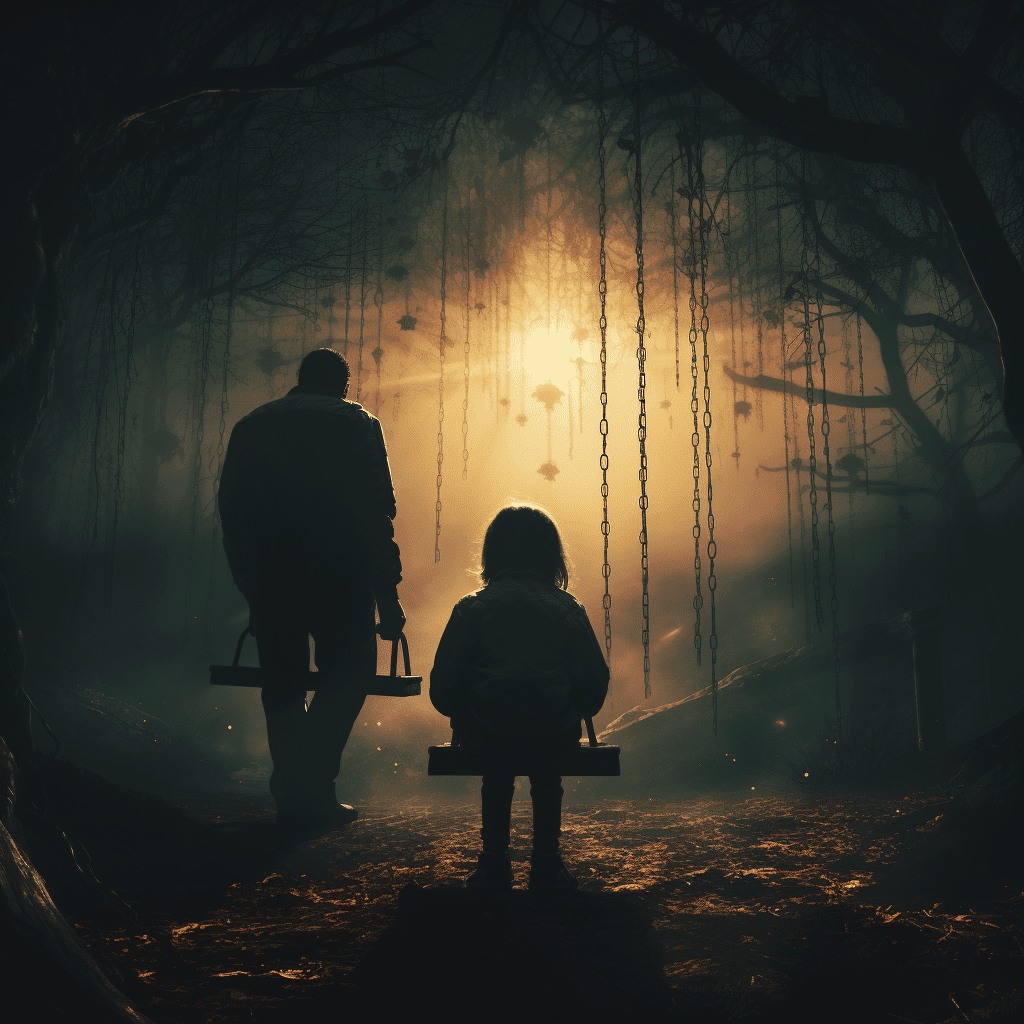
What does it mean to have suicidal tendencies?
Having suicidal tendencies means a person’s dealing with pretty serious thoughts about wanting to end their life, maybe battling a constant, painful tug-of-war inside their head. And let’s be real, that’s a heavy load for anyone to carry alone.
What happens if you accidentally call the suicide hotline?
Whoops, dialed the suicide hotline by mistake? No sweat! If you accidentally call them, they’ll just check if you’re okay or in need of help, then you can hang up—no harm, no foul. They’re there to lend an ear, even if it’s just your butterfingers doing the talking.
When partner threatens suicide?
When your partner threatens suicide, it’s like a red flag at a bullfight—urgent and can’t be ignored. Stay calm, but take it seriously. Getting them to talk can help ease the immediate danger but loop in professionals ASAP because this is one rodeo you shouldn’t try to wrangle alone.
How to report suicidal person?
Spotted a cry for help from someone you know or even a stranger online? Reporting a suicidal person is all about speed-dialing the pros, like the suicide hotline or local authorities. They’re the life vest when someone’s in the deep end, and you’re just helping toss it their way.
When someone is in crisis?
When things are spinning out of control and someone’s in crisis, hitting pause and counting to ten won’t cut it. Stay with them, make sure they’re safe, and dial-up support, stat. It’s like putting a Band-Aid on a gaping wound—you’ve got to stop the bleeding first, then work on healing.
How is suicide prevented?
Preventing suicide is a bit like putting together a jigsaw puzzle—you need all the pieces, from community support to therapy, and a good dose of understanding and listening. It’s about catching the signs early, giving people the tools to speak out, and collectively keeping our eyes peeled.
Is the suicide hotline really confidential?
You betcha, the suicide hotline is as confidential as a secret handshake. They won’t spill your beans to anyone without your permission, unless there’s a clear need to prevent harm. It’s like Vegas; what’s said there, stays there.
Who can I text when I need someone to talk to?
Need a shoulder to text on when life’s throwing lemons at you and you’ve run out of sugar to make lemonade? Crisis Text Line’s got your back! Just shoot a message to 741741, and someone will be right there to help you juice those lemons.
Is it OK to call the suicide hotline?
Checking in with the suicide hotline is absolutely okay, even if you’re not on your last leg. Think of it as preventative maintenance for your noggin like changing your oil before the engine light comes on.
What is suicide intervention?
Suicide intervention is stepping in like a superhero when someone’s on the edge. It’s about being the buffer between them and their dark thoughts, offering a glimmer of hope and helping hand until they’re back on firmer ground.
What are reasons to call the suicide hotline?
There are as many reasons to call the suicide hotline as there are fish in the sea. Whether you’re wrestling with your own demons, worried sick about a buddy, or you just need a listening ear after a rotten day, they are the anchor in your storm.
Why 988?
Why 988? It’s the new, shorter lifeline for anyone struggling with thoughts of suicide — easy to remember, like your ABCs when you need help ASAP. It’s honing in on hope, one three-digit number at a time.




